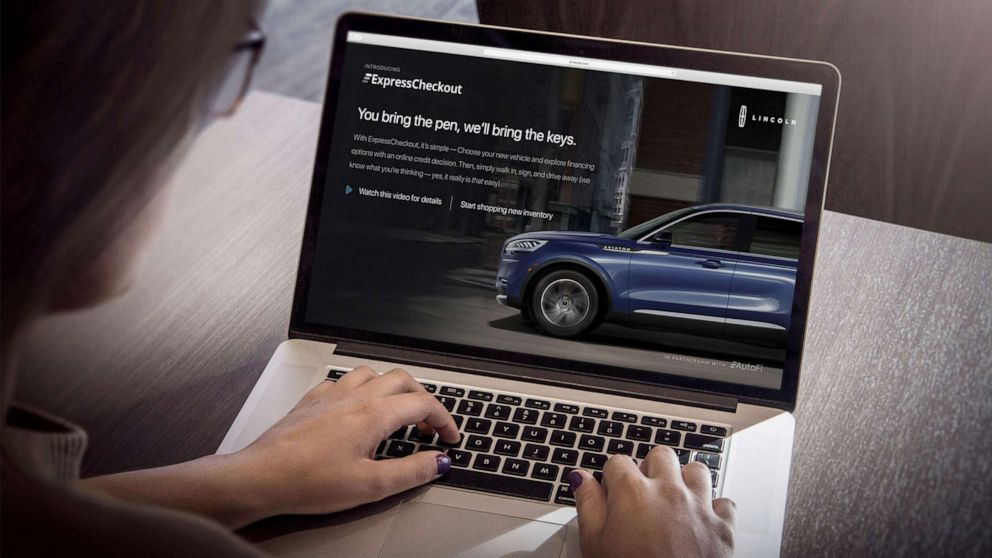Now more than ever, the automotive industry faces soaring high competition and fast-paced changes in consumer expectations, pushing businesses to rethink strategies and meet the shifting demands. The way OEMs and dealers craft the customer experience is significantly changing, from the moment a customer starts looking for a new vehicle to test drives, sales, and every interaction in between, either digital or in-person. here you may also know about van leasing, if you are paying a rental for a vehicle.
To stay connected with consumers in this pool of competition, business leaders need to find effective ways to engage their customers, and that includes offering a superior customer experience. In fact, customers who deem these experiences valuable may pay up to 16% more and demonstrate increased loyalty.
Therefore, if you’re rethinking your strategy or looking for business plan writers to help you boost your automotive business’ success, it’s time to consider how you can improve your customers’ experience. Below we’ll cover some of the best tips that can inform your customer experience strategy.
Tips to Boost Your Automotive Business For Better Customer Experience
1. Improve And Speed Up Your Processes
With consumers increasingly expecting convenience and speed, you can no longer afford to keep customers in-store or in the sales funnel for too long. To deliver timely service, you should adopt tools and processes that will shorten the sales process while maintaining a high level of value.
Nowadays, you can use sales and marketing technologies that will integrate your customer channels and help you stay on top of your sales activities. With software solutions like taq Automotive Intelligence, you can track your leads, manage customer lifecycles and follow credit applications all in one platform. This will provide a seamless customer experience while maximizing your sales performance.
Ultimately, aim for a buying experience of up to 30 minutes online and 60 minutes at a dealership. Customers have busy schedules, and any experience that takes too long can result in them turning to one of your competitors.
2. Group Your Customers Into Segments
Purchasing behaviors differ from one customer to the next, so while it’s easier for you to tend to some, that might not be the case with others. That is why it can be highly beneficial to create separate customer segments to understand and approach each group’s needs and expectations.
There are different factors to consider when defining the segments, like age, income, gender, and others. Whichever groups you select, make sure you define their characteristics and remain consistent in your approach with defined strategies for each. This will help you address each customer’s needs correctly and show commitment to their experience.
For example, you might suggest which car is best suited for their needs, fits their price range, or which vehicles are popular among other customers with similar preferences. While it’s important to listen to their demands and feedback, showing your customers that you know how to solve their needs will go a long way in building trust and strengthening the experience.

3. Personalize Each Experience
Knowing what your customers are looking for can help set the tone for the dialogue, but delivering a truly remarkable customer experience will depend on the level of personalization you apply to each customer, not just the customer segments. While you may have a preliminary idea about the kind of products or services customers are looking for, you should pay attention to their personal stories to engage with the individually and make their experience unique.
If you turn potential customers into clients, treating them with respect and attention down the road can help create loyalty and long-term customer satisfaction. That includes asking for feedback, following up on any issues or concerns, and throwing in a personalized deal now and then.
One of the most important things to remember is that customers are not looking for a grand experience but rather one that is specifically tailored for them. The customer and sales experience is all about the bond, so always focus on the connection you make with them.
4. Create Informational Content
As much as 92% of individuals looking to buy a car do online research before making a purchase. It is, thus, crucial to take this step into consideration when crafting the customer experience. Your online content (or lack thereof) that informs customers about your vehicles and your business can make or break a purchase.
Consumers may research anything from gas mileage to the safety features of vehicles. Focus on creating informational and engaging content that answers consumers’ questions and guides their decision journey.
In addition to offering relevant vehicle information, this will position your business as a leader in the industry and a helpful entity. Consumers aren’t always looking for the lowest prices, they want a car dealership that will identify and address their needs.
Some of the content types you might use include:
- Articles or blog posts;
- Videos;
- Landing pages; and
- FAQs.

Final Words
To deliver a better customer experience, you must challenge your current model and evaluate how to address your customers’ needs better. Some of the most important aspects to consider are the quality and speed of your processes, customer segments, personalizing the experiences, and the content you create online.
Understanding these changes and embedding them in your business approach can help you create a customer-focused culture from the inside out and refine your strategy based on your customer’s preferences to offer a robust customer experience that results in sales, loyalty, and growth.
































































